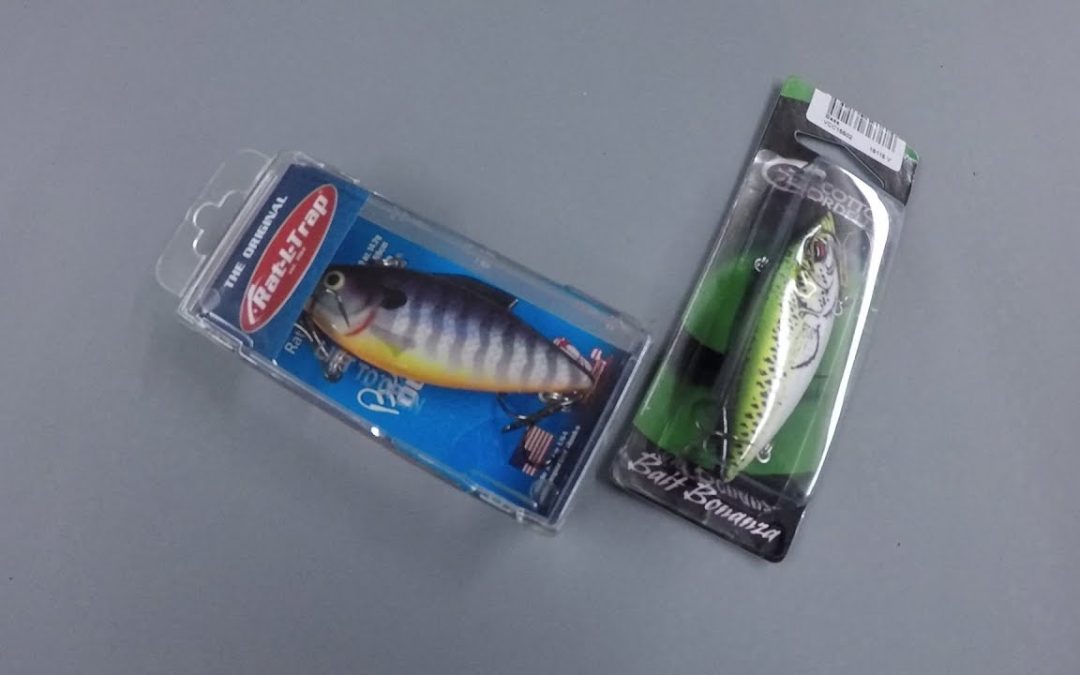How hard could it be to think of a system to describe fishing hook sizes in a logical manner? Perhaps a basic numerical measure, with 1 being the smallest size, up to 20 which would be the largest? Or maybe a sizing system, with XXXS to XXXL? (Although there are probably too many hook sizes to make that one work). You get the idea though; both you and I could think of a simple system to use, so surely there is a simple system in use? Unfortunately not.
The size of the hook is based on the gap between the shank of the hook and its shaft (known as its gape) as well as the length of the shaft. It’s given as a number and the bigger the number, the smaller the size of the hook — up to a point. A #22 hook is miniscule and used for tying flies, whilst a #6 hook with a quarter-inch gap is perfect for catching bream. This size system is consistent until you reach a #1 hook. From here, the next size up is a 1/0, then 2/0 and so on, with a 2/0 being a suitable size for plastic worms being used to catch bass. The largest hook is a 10/0 which is big enough for a shark.
The shaft of the hook also has a somewhat standard length. A #6 hook will generally have a shaft about five-eighths to seven-eighths of an inch long. If the number of the hook is followed by another number and an x, it signifies that the shaft is either longer or shorter than normal. For instance, “#6 2x Short” denotes a #6 hook which has a shaft the length of a hook two sizes smaller. A #6 2x Long has a shaft which is the length of a hook two sizes bigger.
Generally, the biggest hook you would ever need when fishing in freshwater is a size 1, therefore some fishermen like to look at hooks which are size 1/0 and above as saltwater hooks only, which simplifies the system somewhat.
Hook Size
How hard could it be to think of a system to describe fishing hook sizes in a logical manner? Perhaps a basic numerical measure, with 1 being the smallest size, up to 20 which would be the largest? Or maybe a sizing system, with XXXS to XXXL? (Although there are probably too many hook sizes to make that one work). You get the idea though; both you and I could think of a simple system to use, so surely there is a simple system in use? Unfortunately not.
The size of the hook is based on the gap between the shank of the hook and its shaft (known as its gape) as well as the length of the shaft. It’s given as a number and the bigger the number, the smaller the size of the hook — up to a point. A #22 hook is miniscule and used for tying flies, whilst a #6 hook with a quarter-inch gap is perfect for catching bream. This size system is consistent until you reach a #1 hook. From here, the next size up is a 1/0, then 2/0 and so on, with a 2/0 being a suitable size for plastic worms being used to catch bass. The largest hook is a 10/0 which is big enough for a shark.
The shaft of the hook also has a somewhat standard length. A #6 hook will generally have a shaft about five-eighths to seven-eighths of an inch long. If the number of the hook is followed by another number and an x, it signifies that the shaft is either longer or shorter than normal. For instance, “#6 2x Short” denotes a #6 hook which has a shaft the length of a hook two sizes smaller. A #6 2x Long has a shaft which is the length of a hook two sizes bigger.
Generally, the biggest hook you would ever need when fishing in freshwater is a size 1, therefore some fishermen like to look at hooks which are size 1/0 and above as saltwater hooks only, which simplifies the system somewhat.
Alert
There is no benchmark for the different fishing hook sizes, which means that a #6 from one manufacturer can differ to a #6 from a different manufacturer, although it won’t be by a huge amount.
The size of the hook you should use depends on the size of the fish you are trying to catch, or more specifically, the size of its mouth. A five-pound carp and a five-pound bass are pretty much the same size, but you will need a much smaller hook if you want to catch the carp as it has a far smaller mouth. You also need to consider the size of the bait you’re using with the hook. Live minnows require a larger hook than earthworms, even if being used to catch the same species of fish, as the gap in the hook needs to be wide enough to allow the minnow to move. Just try to keep in mind that you can catch both big and small fish with a small hook, but only big fish with a big hook.




0 Comments